How to Build a Simple SIM Registration Status Checker with HTML & JavaScript
In today’s digital age, ensuring that your SIM card is properly registered is crucial for seamless communication and compliance with local regulations. A SIM registration status checker is a handy tool that allows users to verify their SIM card’s registration status with ease. In this comprehensive guide, we’ll walk you through the process of building a simple, user-friendly SIM registration status checker using HTML and JavaScript. This tutorial is designed for beginners and intermediate developers, and the final product will be optimized for search engines to help you reach a wider audience. Why Build a SIM Registration Status Checker? SIM registration is mandatory in many countries to curb fraud, enhance security, and ensure accountability. A SIM registration status checker enables users to: Verify if their SIM card is registered. Check compliance with telecom regulations. Avoid service disruptions due to unregistered SIMs. By creating this tool, you can provide value to users while learning essential web development skills. Plus, this project is a great way to showcase your coding abilities in your portfolio. Prerequisites Before diving into the code, ensure you have: A basic understanding of HTML, CSS, and JavaScript. A code editor (e.g., Visual Studio Code, Sublime Text). A web browser (e.g., Chrome, Firefox) for testing. (Optional) A local server setup like XAMPP or Live Server for testing. No external APIs are required for this project, as we’ll simulate the SIM registration check with JavaScript. However, in a real-world application, you’d integrate an API provided by a telecom authority. Step-by-Step Guide to Building the SIM Registration Status Checker Let’s break down the process into clear, actionable steps. Step 1: Set Up the Project Structure Create a new folder for your project and include the following files: index.html:The main HTML file for the structure. styles.css: For styling the interface. script.js: For handling the SIM status check logic. Step 2: Create the HTML Structure The HTML file will define the layout of the SIM registration status checker. We’ll create a simple form where users can input their phone number and a button to check the status. SIM Registration Status Checker | HTML & JavaScript SIM Registration Status Checker Enter your phone number to check if your SIM is registered. Phone Number: Check Status Step 3: Style the Interface with CSS The CSS file will make the checker visually appealing and responsive. Save this code in styles.css. body { font-family: Arial, sans-serif; background-color: #f4f4f4; margin: 0; padding: 0; display: flex; justify-content: center; align-items: center; height: 100vh; } .container { background: #fff; padding: 20px; border-radius: 8px; box-shadow: 0 0 10px rgba(0, 0, 0, 0.1); text-align: center; max-width: 400px; width: 100%; } h1 { font-size: 24px; color: #333; } p { color: #666; } form { margin-top: 20px; } label { display: block; margin-bottom: 8px; font-weight: bold; } input[type="tel"] { width: 100%; padding: 10px; margin-bottom: 15px; border: 1px solid #ccc; border-radius: 4px; font-size: 16px; } button { background-color: #28a745; color: #fff; padding: 10px 20px; border: none; border-radius: 4px; cursor: pointer; font-size: 16px; } button:hover { background-color: #218838; } .result { margin-top: 20px; font-size: 18px; color: #333; } @media (max-width: 600px) { .container { margin: 10px; padding: 15px; } h1 { font-size: 20px; } } Step 4: Add JavaScript Logic The JavaScript file will handle form submission, validate the phone number, and display the SIM registration status. For this example, we’ll simulate the status check with a predefined list of registered numbers. Save this code in script.js. document.getElementById('simCheckerForm').addEventListener('submit', function(event) { event.preventDefault(); const phoneNumber = document.getElementById('phoneNumber').value; const resultDiv = document.getElementById('result'); // Basic phone number validation const phoneRegex = /^\+\d{10,12}$/; if (!phoneRegex.test(phoneNumber)) { resultDiv.innerHTML = 'Please enter a valid phone number (e.g., +1234567890).'; return; } // Simulated registered SIM numbers const registeredNumbers = ['+1234567890', '+1987654321', '+1122334455']; // Check registration status if (registeredNumbers.includes(phoneNumber)) { resultDiv.innerHTML = 'Your SIM is registered!'; } else { resultDiv.innerHTML = 'Your SIM is not registered.
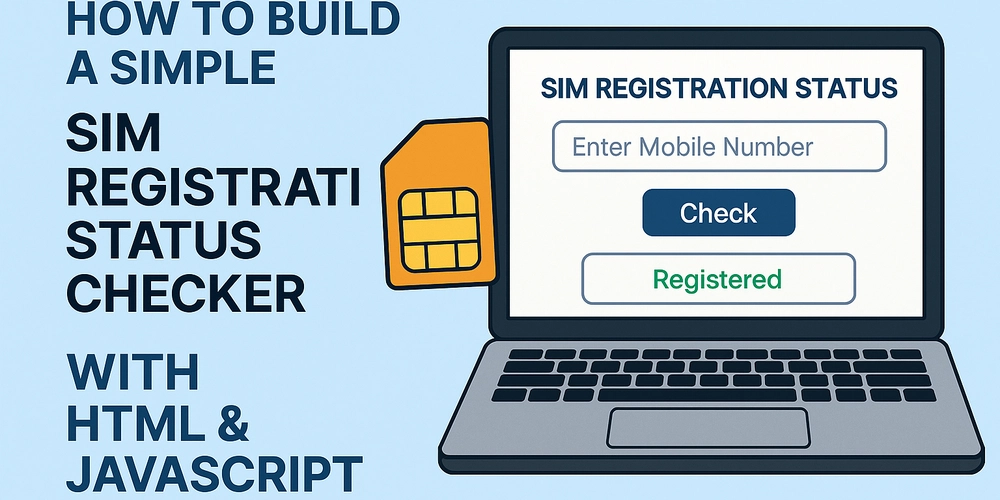
In today’s digital age, ensuring that your SIM card is properly registered is crucial for seamless communication and compliance with local regulations. A SIM registration status checker is a handy tool that allows users to verify their SIM card’s registration status with ease. In this comprehensive guide, we’ll walk you through the process of building a simple, user-friendly SIM registration status checker using HTML and JavaScript. This tutorial is designed for beginners and intermediate developers, and the final product will be optimized for search engines to help you reach a wider audience.
Why Build a SIM Registration Status Checker?
SIM registration is mandatory in many countries to curb fraud, enhance security, and ensure accountability. A SIM registration status checker enables users to:
- Verify if their SIM card is registered.
- Check compliance with telecom regulations.
- Avoid service disruptions due to unregistered SIMs. By creating this tool, you can provide value to users while learning essential web development skills. Plus, this project is a great way to showcase your coding abilities in your portfolio.
Prerequisites
Before diving into the code, ensure you have:
- A basic understanding of HTML, CSS, and JavaScript.
- A code editor (e.g., Visual Studio Code, Sublime Text).
- A web browser (e.g., Chrome, Firefox) for testing.
- (Optional) A local server setup like XAMPP or Live Server for testing. No external APIs are required for this project, as we’ll simulate the SIM registration check with JavaScript. However, in a real-world application, you’d integrate an API provided by a telecom authority.
Step-by-Step Guide to Building the SIM Registration Status Checker
Let’s break down the process into clear, actionable steps.
Step 1: Set Up the Project Structure
Create a new folder for your project and include the following files:
-
index.html:The main HTML file for the structure. -
styles.css:For styling the interface. -
script.js:For handling the SIM status check logic.
Step 2: Create the HTML Structure
The HTML file will define the layout of the SIM registration status checker. We’ll create a simple form where users can input their phone number and a button to check the status.
SIM Registration Status Checker | HTML & JavaScript
SIM Registration Status Checker
Enter your phone number to check if your SIM is registered.
Step 3: Style the Interface with CSS
The CSS file will make the checker visually appealing and responsive. Save this code in styles.css.
body {
font-family: Arial, sans-serif;
background-color: #f4f4f4;
margin: 0;
padding: 0;
display: flex;
justify-content: center;
align-items: center;
height: 100vh;
}
.container {
background: #fff;
padding: 20px;
border-radius: 8px;
box-shadow: 0 0 10px rgba(0, 0, 0, 0.1);
text-align: center;
max-width: 400px;
width: 100%;
}
h1 {
font-size: 24px;
color: #333;
}
p {
color: #666;
}
form {
margin-top: 20px;
}
label {
display: block;
margin-bottom: 8px;
font-weight: bold;
}
input[type="tel"] {
width: 100%;
padding: 10px;
margin-bottom: 15px;
border: 1px solid #ccc;
border-radius: 4px;
font-size: 16px;
}
button {
background-color: #28a745;
color: #fff;
padding: 10px 20px;
border: none;
border-radius: 4px;
cursor: pointer;
font-size: 16px;
}
button:hover {
background-color: #218838;
}
.result {
margin-top: 20px;
font-size: 18px;
color: #333;
}
@media (max-width: 600px) {
.container {
margin: 10px;
padding: 15px;
}
h1 {
font-size: 20px;
}
}
Step 4: Add JavaScript Logic
The JavaScript file will handle form submission, validate the phone number, and display the SIM registration status. For this example, we’ll simulate the status check with a predefined list of registered numbers. Save this code in script.js.
document.getElementById('simCheckerForm').addEventListener('submit', function(event) {
event.preventDefault();
const phoneNumber = document.getElementById('phoneNumber').value;
const resultDiv = document.getElementById('result');
// Basic phone number validation
const phoneRegex = /^\+\d{10,12}$/;
if (!phoneRegex.test(phoneNumber)) {
resultDiv.innerHTML = 'Please enter a valid phone number (e.g., +1234567890).';
return;
}
// Simulated registered SIM numbers
const registeredNumbers = ['+1234567890', '+1987654321', '+1122334455'];
// Check registration status
if (registeredNumbers.includes(phoneNumber)) {
resultDiv.innerHTML = 'Your SIM is registered!';
} else {
resultDiv.innerHTML = 'Your SIM is not registered. Please contact your telecom provider.';
}
});
How It Works:
The form submission is captured, and the default action is prevented.
A regular expression (phoneRegex) validates the phone number format.
A predefined array (registeredNumbers) simulates a database of registered SIMs.
The result is displayed in the resultDiv with appropriate styling.
Note: In a production environment, replace the registeredNumbers array with an API call to a telecom provider’s database.
Step 5: Test the Application
Open index.html in a web browser.
Enter a phone number (e.g., +1234567890) and click “Check Status.
Verify that the correct message appears based on whether the number is in the registeredNumbers array.
Test invalid inputs (e.g., 123 or abc) to ensure proper validation.
Step 6: Deploy the Application
To make your SIM registration status checker accessible online:
Host the files on a platform like GitHub Pages, Netlify, or Vercel.
Ensure the domain is SEO-friendly by using relevant keywords (e.g., sim-checker).
Submit the site to search engines via Google Search Console.
Enhancing the SIM Registration Status Checker
To take this project to the next level, consider these improvements:
- API Integration: Connect to a real telecom API for accurate status checks.
- Advanced Validation: Use libraries like libphonenumber-js for robust phone number validation.
- Styling: Add animations or a loading spinner for better UX.
- Accessibility: Include ARIA attributes and keyboard navigation support.
- Analytics: Integrate Google Analytics to track user interactions.
Conclusion
Building a SIM registration status checker with HTML and JavaScript is a rewarding project that combines practical utility with valuable coding skills. By following this guide, you’ve created a functional, user-friendly tool that can be expanded with real-world features. Whether you’re a beginner or an experienced developer, this project is a great addition to your portfolio and a stepping stone to more complex web applications.
Ready to share your creation? Deploy the tool online and promote it on platforms like X to reach users who need to verify their SIM registration status. Happy coding!







































































































































































![[The AI Show Episode 145]: OpenAI Releases o3 and o4-mini, AI Is Causing “Quiet Layoffs,” Executive Order on Youth AI Education & GPT-4o’s Controversial Update](https://www.marketingaiinstitute.com/hubfs/ep%20145%20cover.png)

































































































































![From Art School Drop-out to Microsoft Engineer with Shashi Lo [Podcast #170]](https://cdn.hashnode.com/res/hashnode/image/upload/v1746203291209/439bf16b-c820-4fe8-b69e-94d80533b2df.png?#)













































(1).jpg?#)


























































































_Inge_Johnsson-Alamy.jpg?width=1280&auto=webp&quality=80&disable=upscale#)


















































































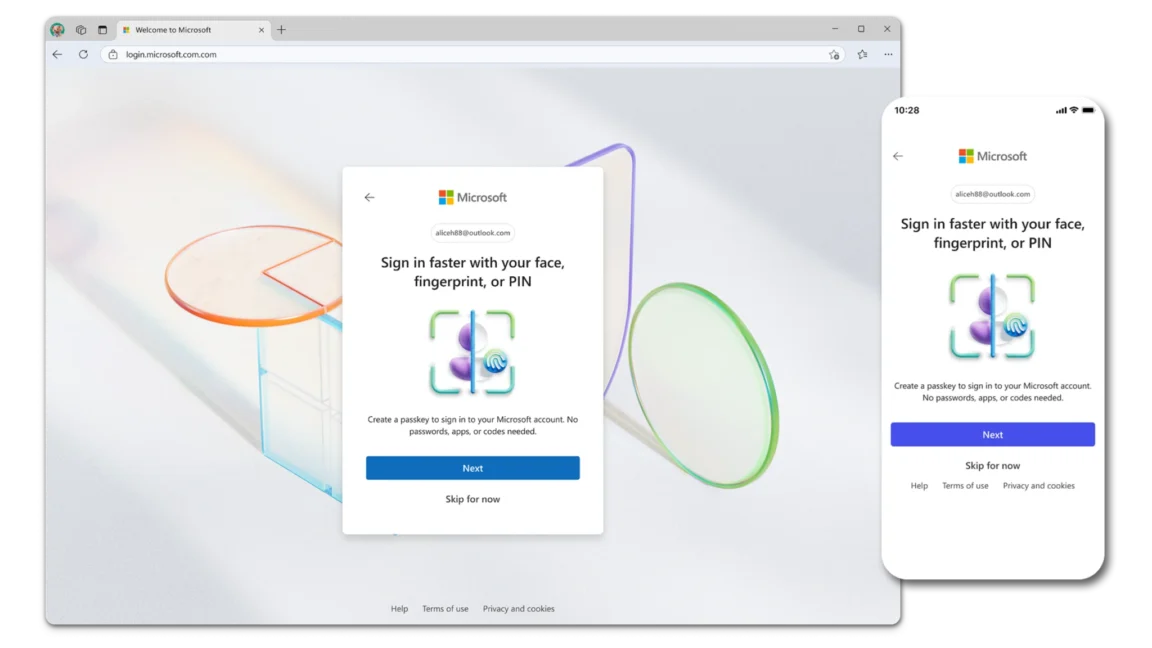






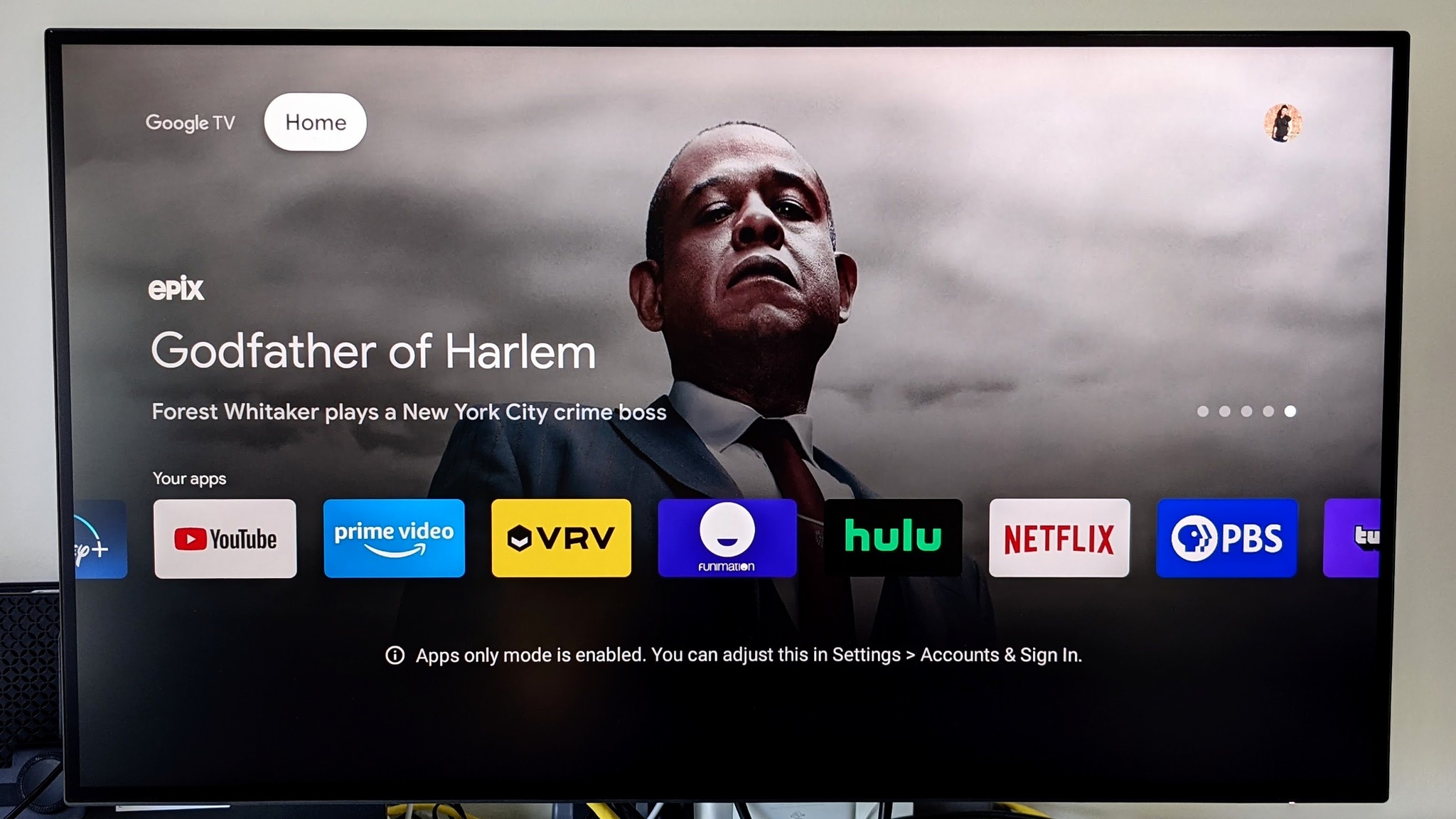
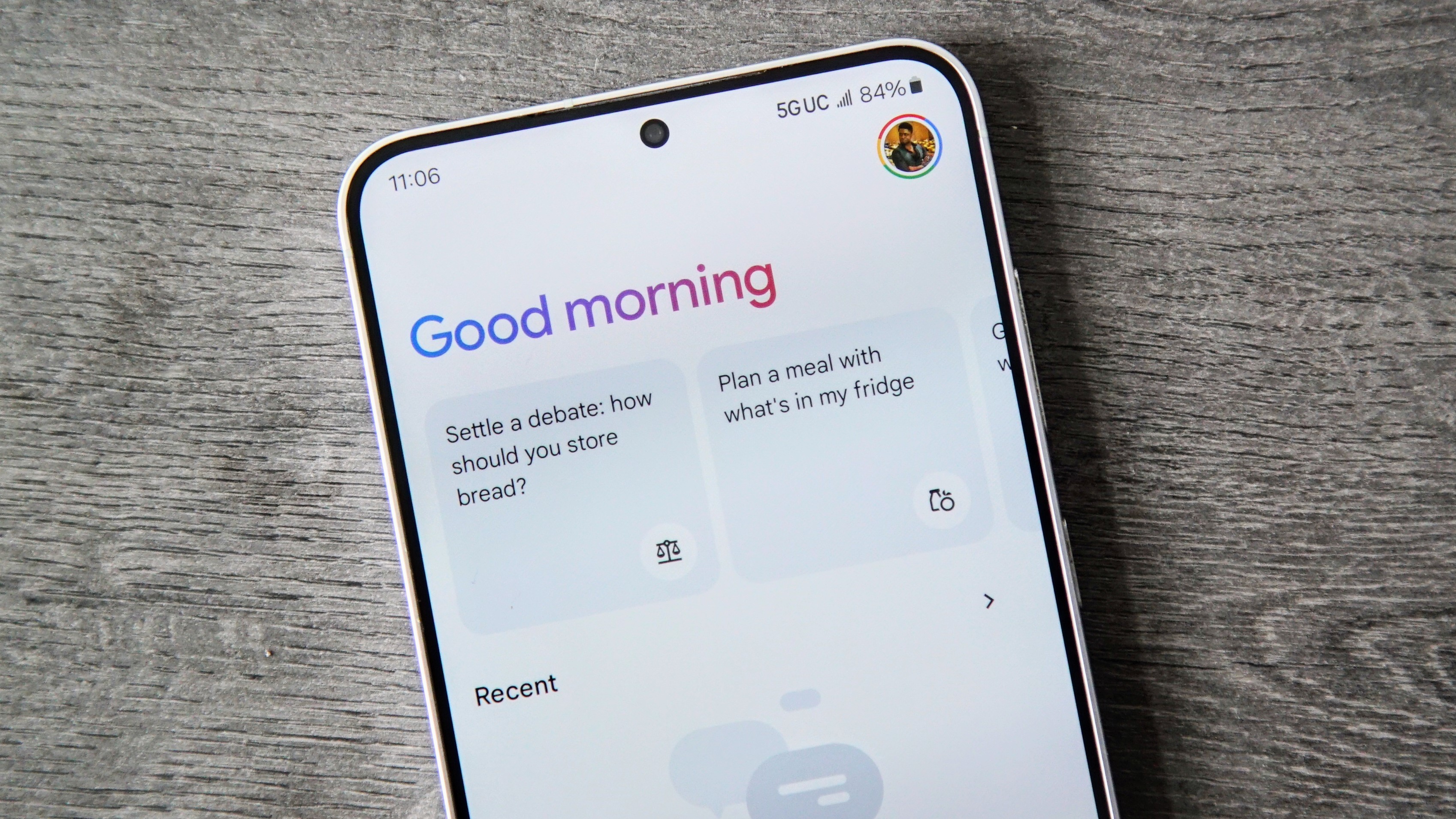



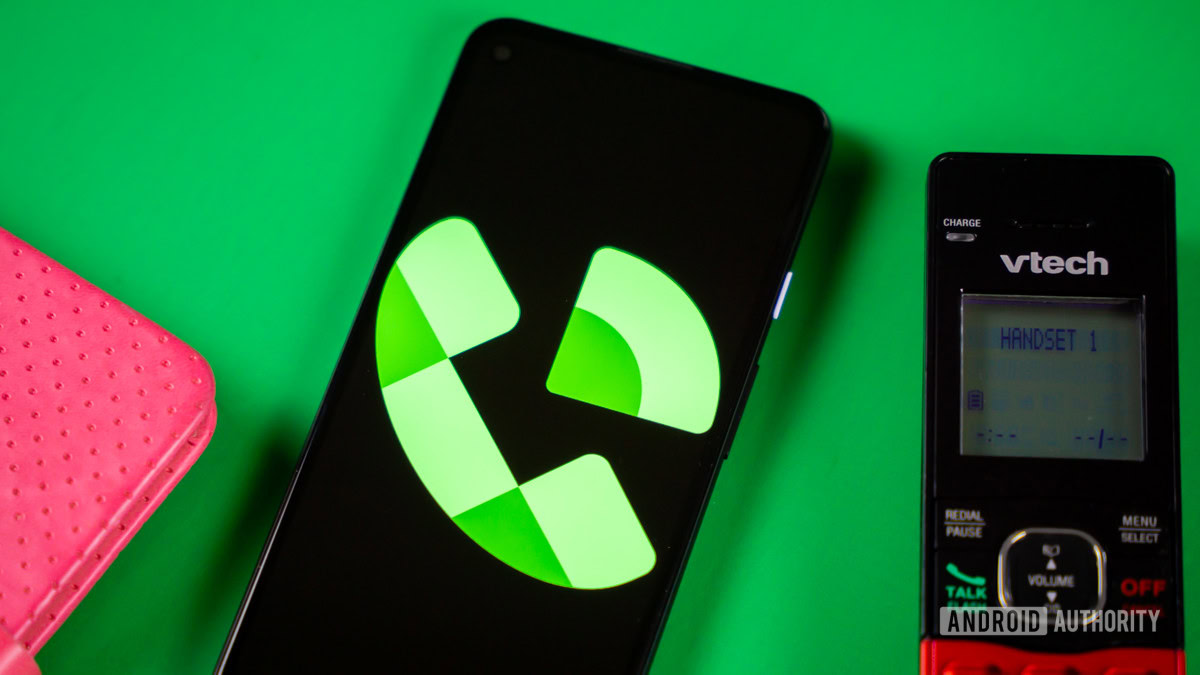


















![Apple Developing AI 'Vibe-Coding' Assistant for Xcode With Anthropic [Report]](https://www.iclarified.com/images/news/97200/97200/97200-640.jpg)
![Apple's New Ads Spotlight Apple Watch for Kids [Video]](https://www.iclarified.com/images/news/97197/97197/97197-640.jpg)






































































![[Weekly funding roundup April 26-May 2] VC inflow continues to remain downcast](https://images.yourstory.com/cs/2/220356402d6d11e9aa979329348d4c3e/WeeklyFundingRoundupNewLogo1-1739546168054.jpg)

























